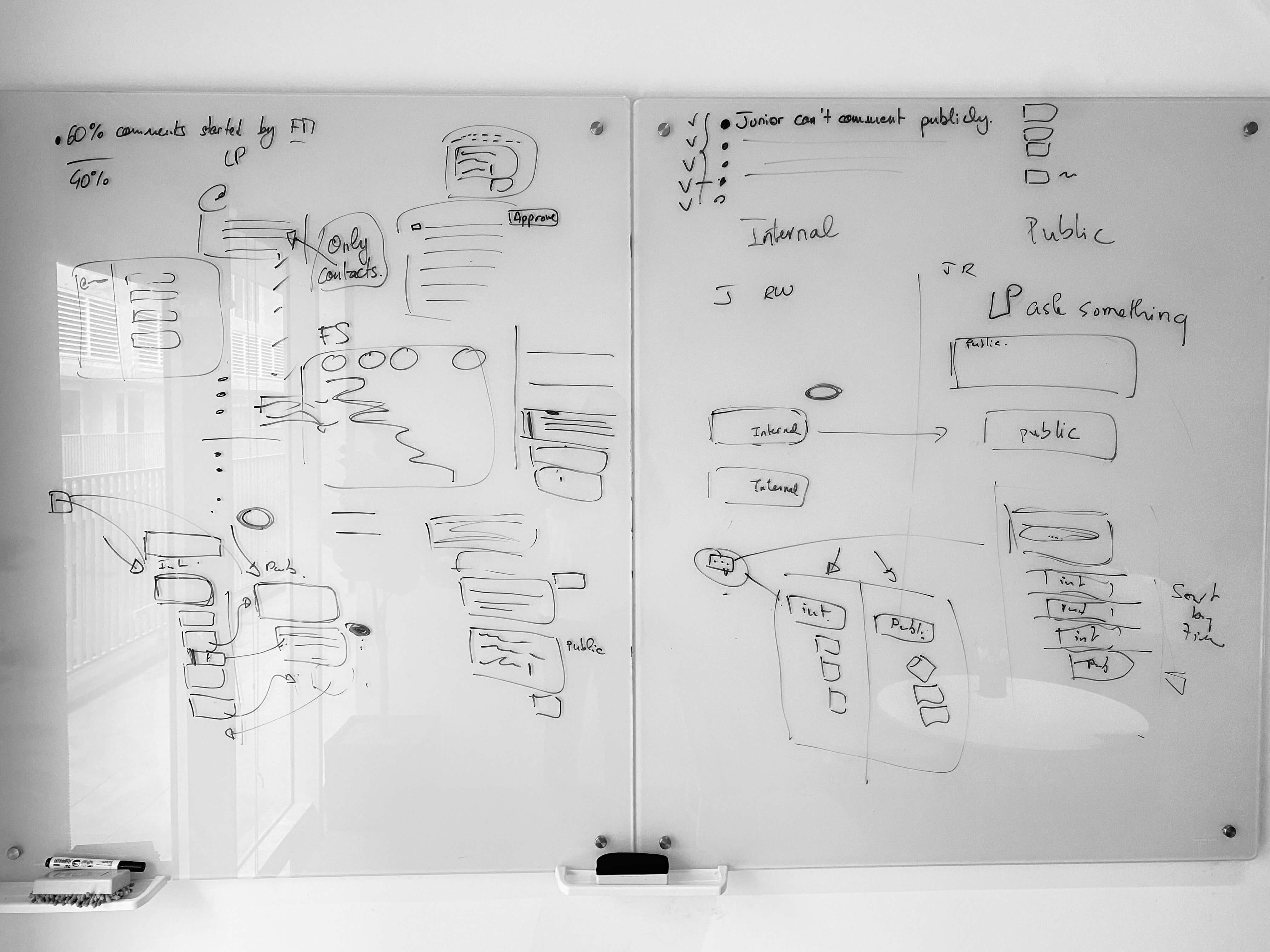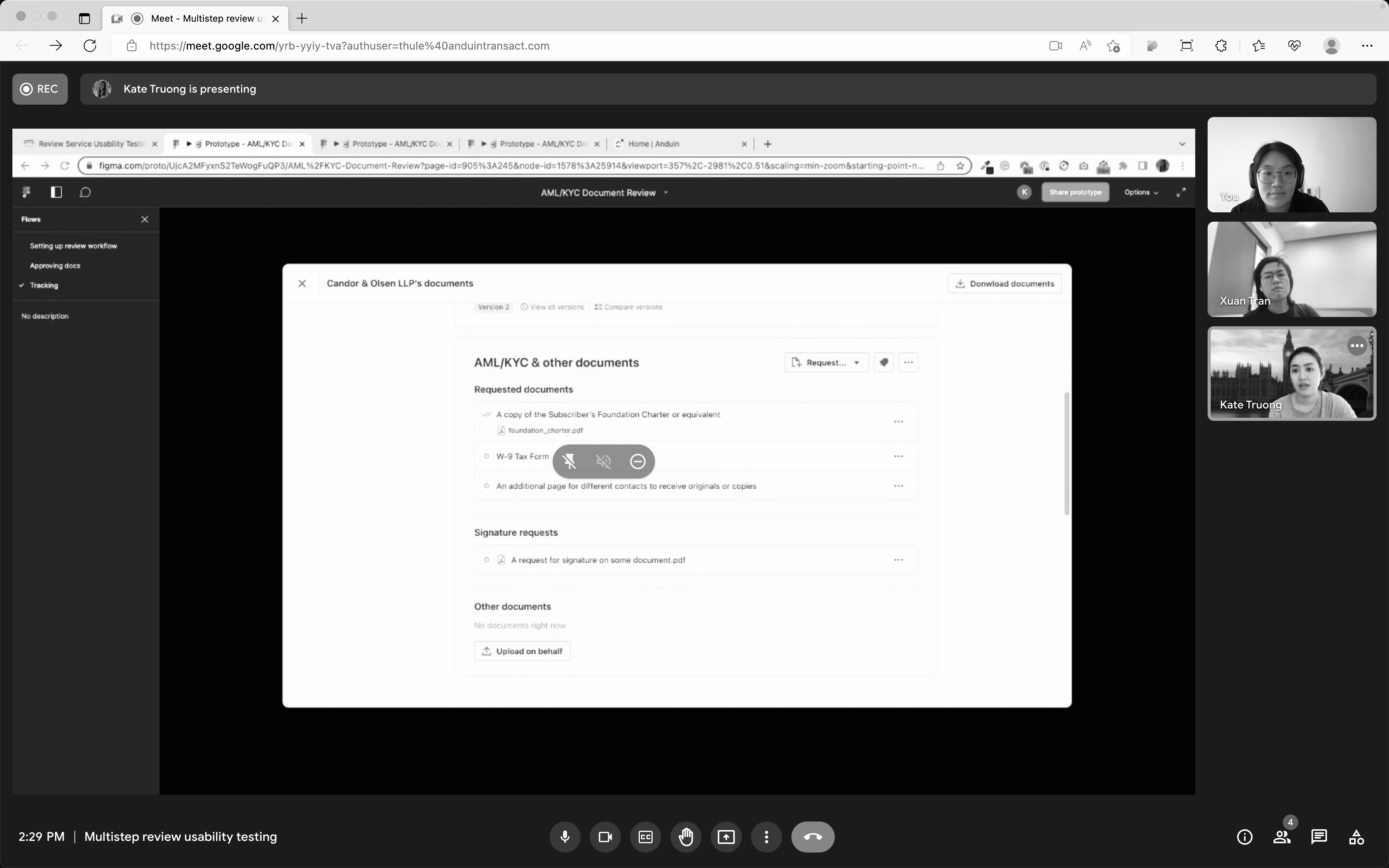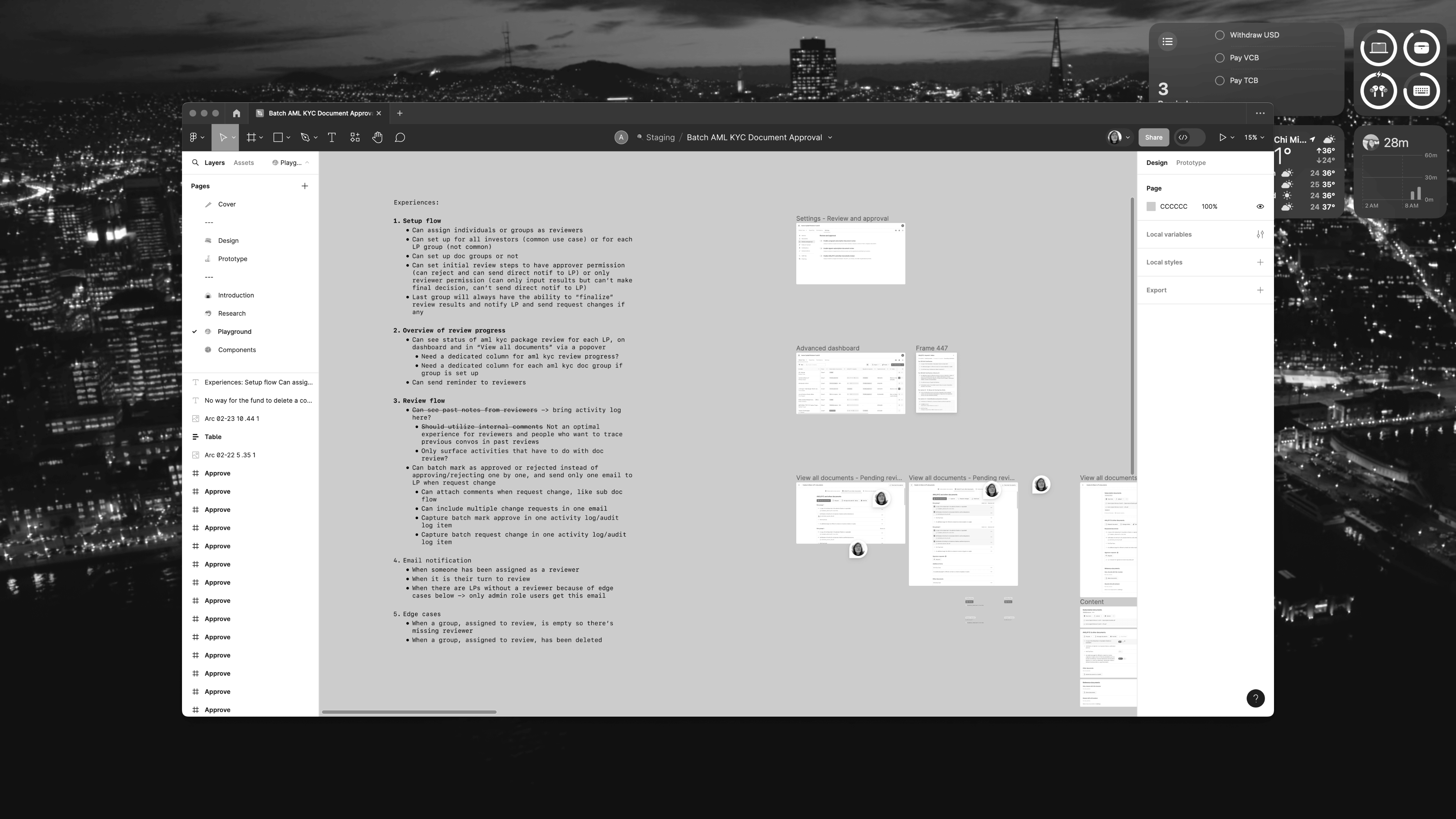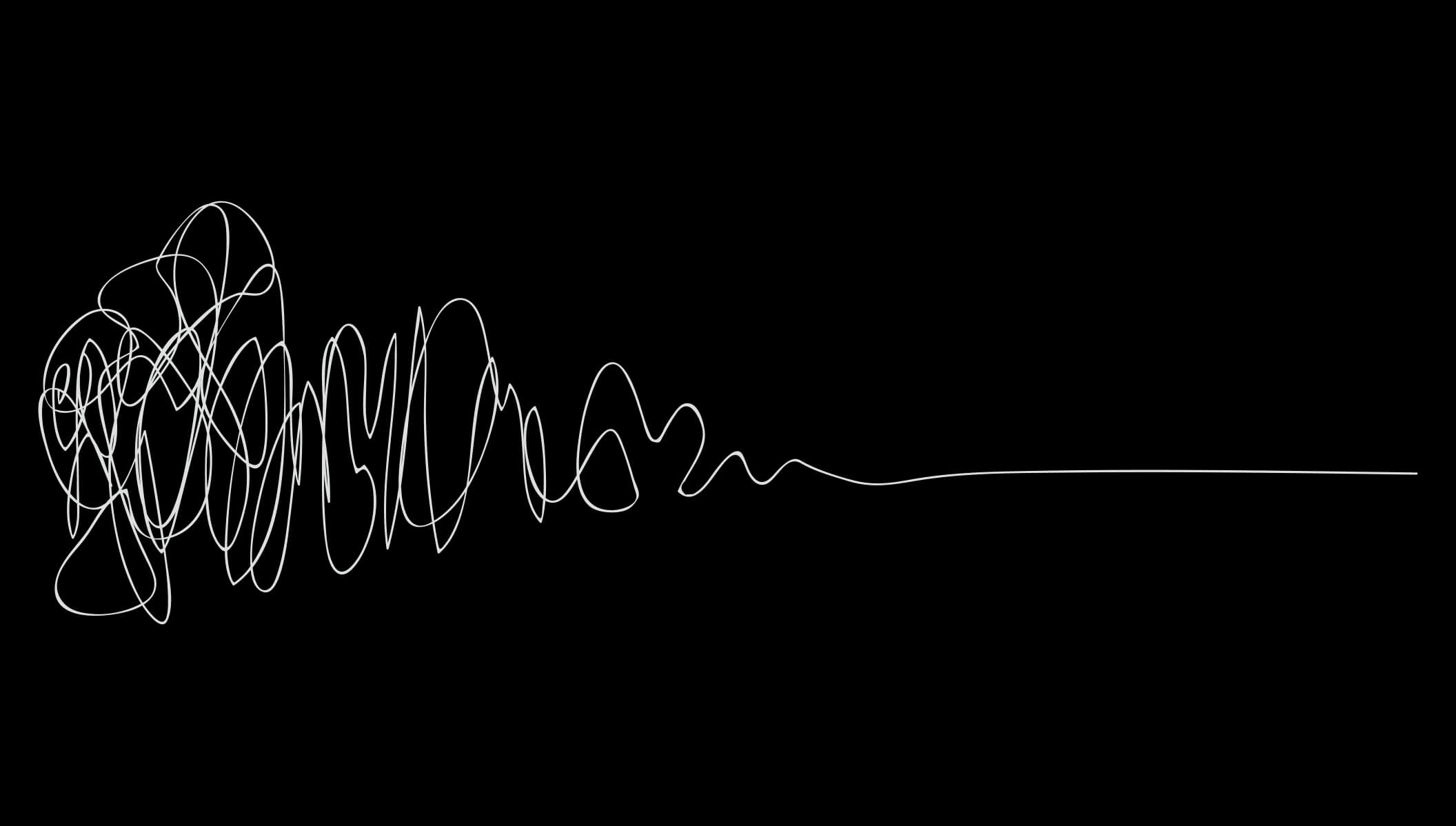01Collect the dots
I like to start every project by really digging in and understanding the core problem we're trying to solve. What exactly is the user pain point? Why is solving it important? What are the key use cases? What's already out there in the market? I gather all sorts of insights through user requests and feedback, research, data analysis, looking at competitors, and talking to stakeholders and users themselves when possible. Gathering all those dots helps me form hypotheses about potential solutions.
02Connect the dots
Once I have a solid grasp of the fundamentals, it's time to start connecting those dots into a clear product strategy and vision. I'll work closely with my PMs and engineers to scope it out - what's the gameplan, what resources will we need, how will we measure success? Instead of getting bogged down in long documents, I prefer getting hands-on and creating tangible artifacts that we can all rally around - user flows, prototypes, interaction designs and patterns. This gets everyone aligned and allows us to make decisions more quickly.
03Correct the dots
No plan is perfect from the start, so I go through multiple rounds to refine and enhance our solution - design critiques and reviews, discussions with stakeholders, and assessments of technical feasibility. I iterate fast on high-fidelity mockups, making tweaks and improvements until we've got a solution we're confident in. Then, it's all about getting it out fast to the hands of our users. Letting users experience it themselves allows us to validate and iterate based on real-world feedback to optimize the experience.
04Connect the dots, again
In the end, this is just the start. Design is never "done" - it's an ongoing cycle of optimization and refinement. After launch, we stay focused on user feedback and usage data to identify areas of friction and opportunity. We're constantly connecting those new dots back into the experience to make the product faster, smoother, and more user-friendly over time. It's a continuous loop of improvement.
Snapshots
Day-to-day snippets from my point of view.







